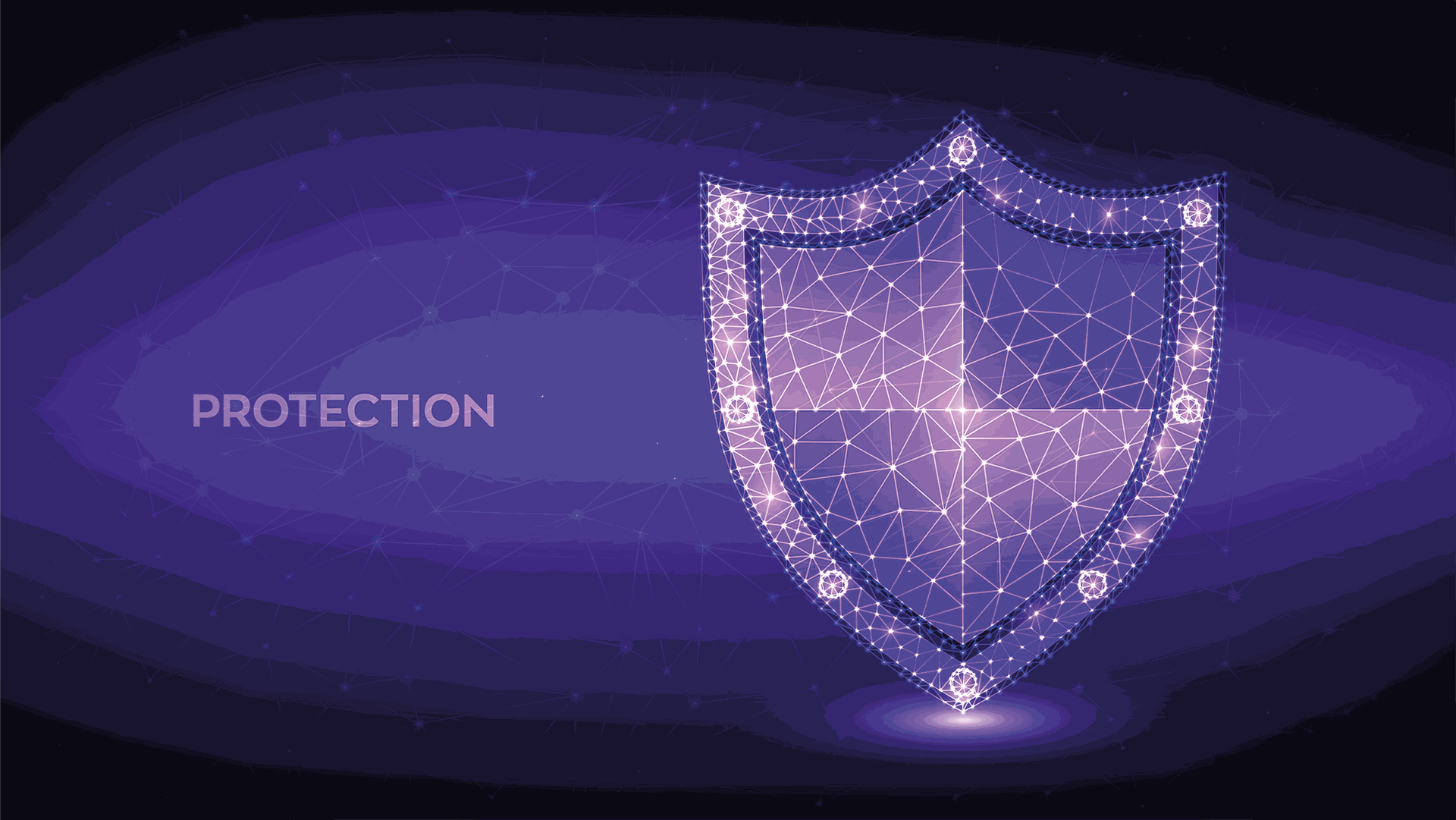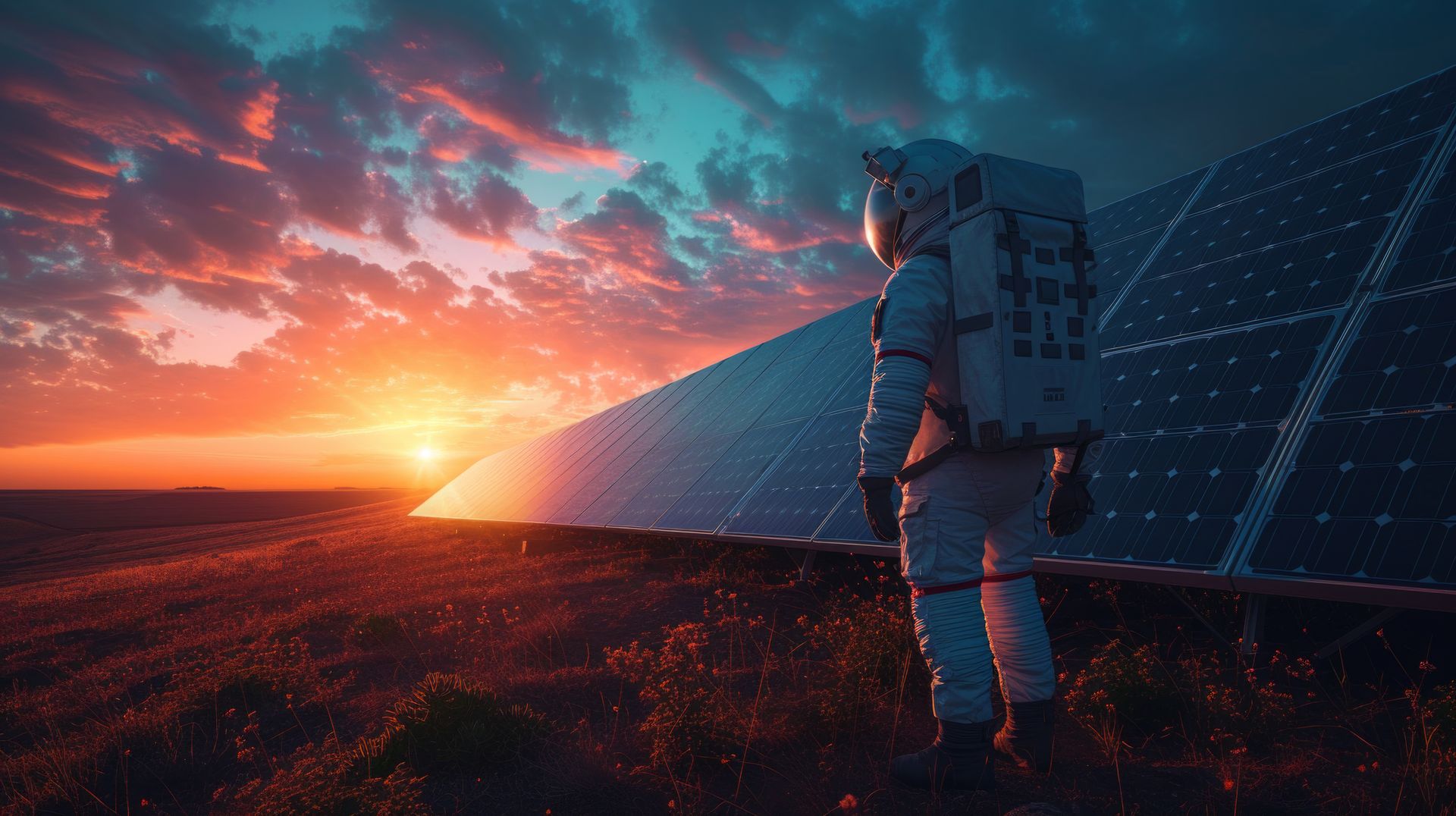Risks, protective measures, and safety standards
In an increasingly digitalized world, the energy system infrastructure is becoming more dependent on connected technologies. This particularly affects photovoltaic systems and other renewable energy sources, which are increasingly being connected to digital control systems and the Internet of Things (IoT). This development not only brings numerous advantages, such as more efficient control and better monitoring of systems, but also poses significant security risks that can affect both private installations and commercial energy systems. Cybersecurity is therefore a crucial factor in ensuring the stability and reliability of our energy supply and in identifying and addressing potential vulnerabilities early on.

The advancing connectivity allows for reducing energy costs, optimizing operations, and achieving better integration into the power grid. On the other hand, it also opens up vulnerabilities for cybercriminals who aim to gain access to critical infrastructures. A successful attack can have serious consequences, ranging from financial losses to production outages and even compromising supply security. The threat landscape is exacerbated by the fact that many facility operators are either unaware of the risks or do not invest sufficiently in protective measures.
